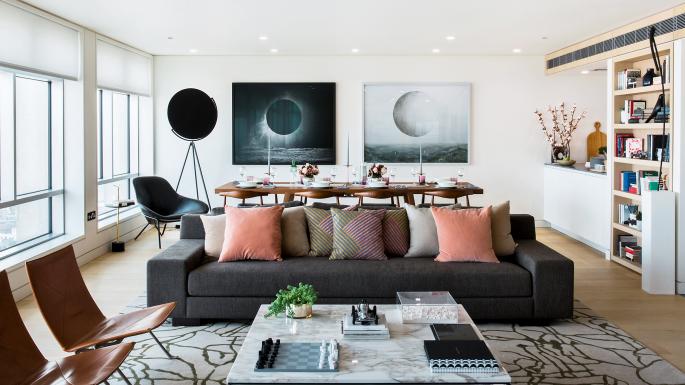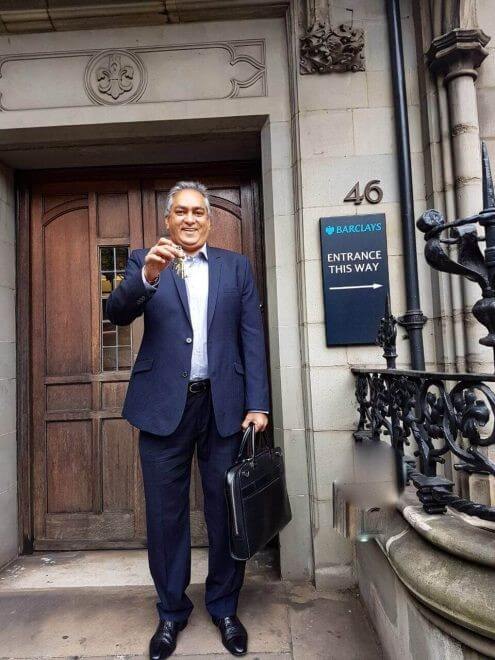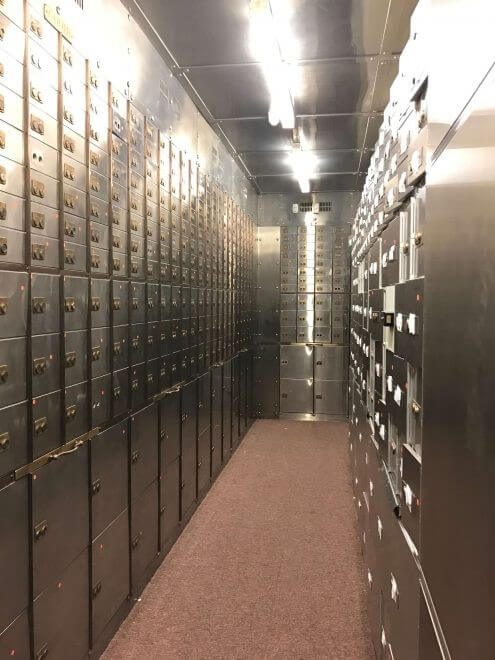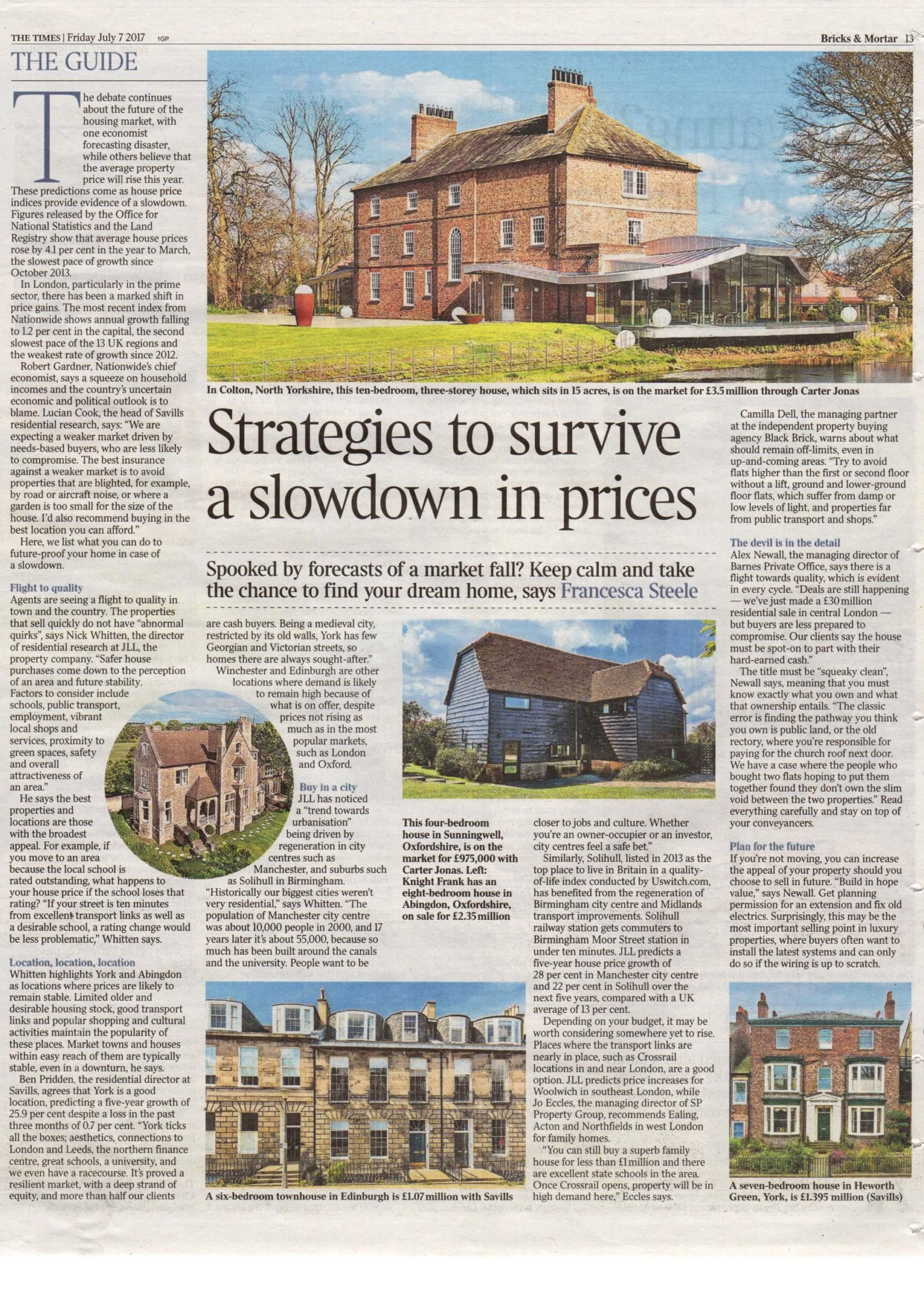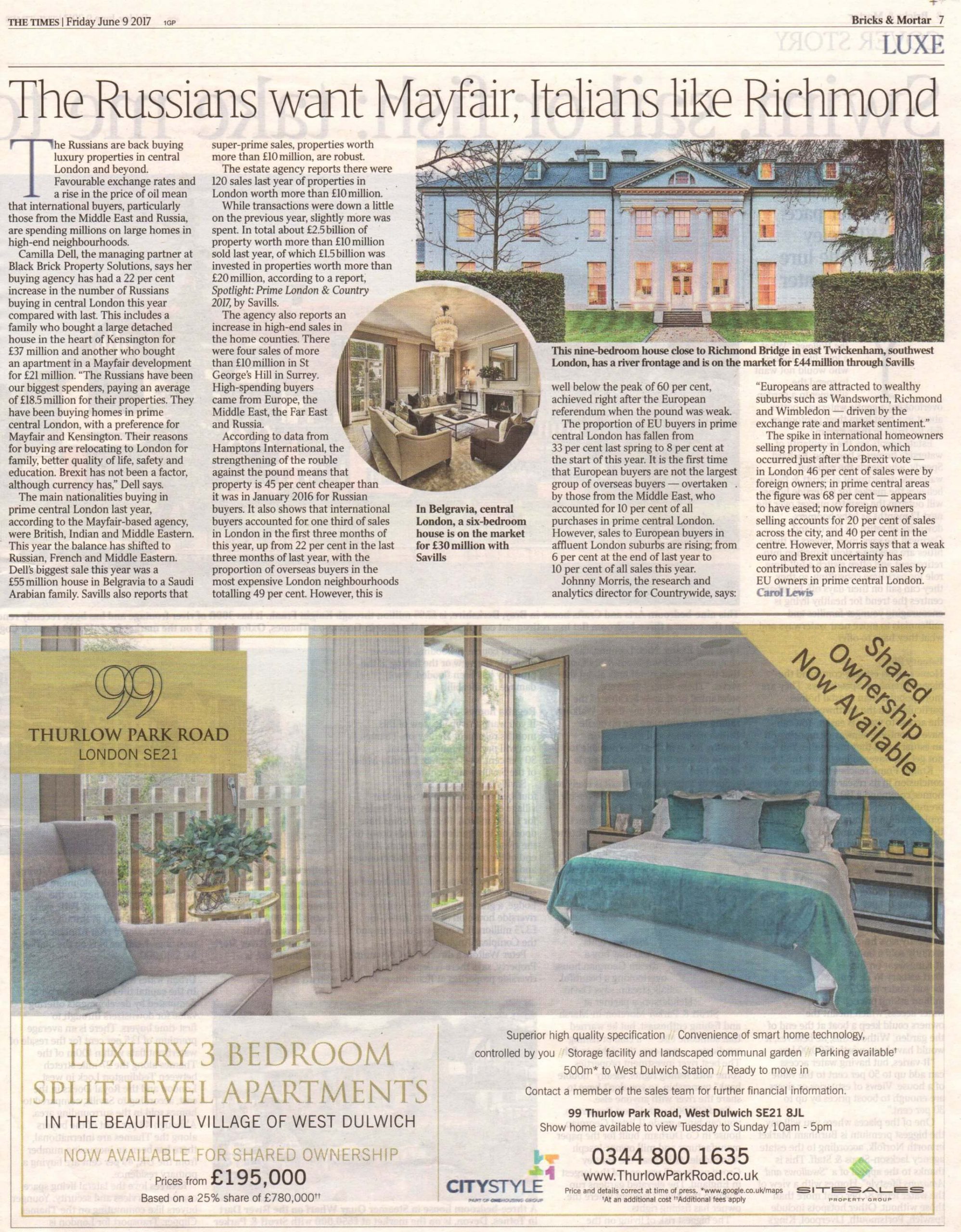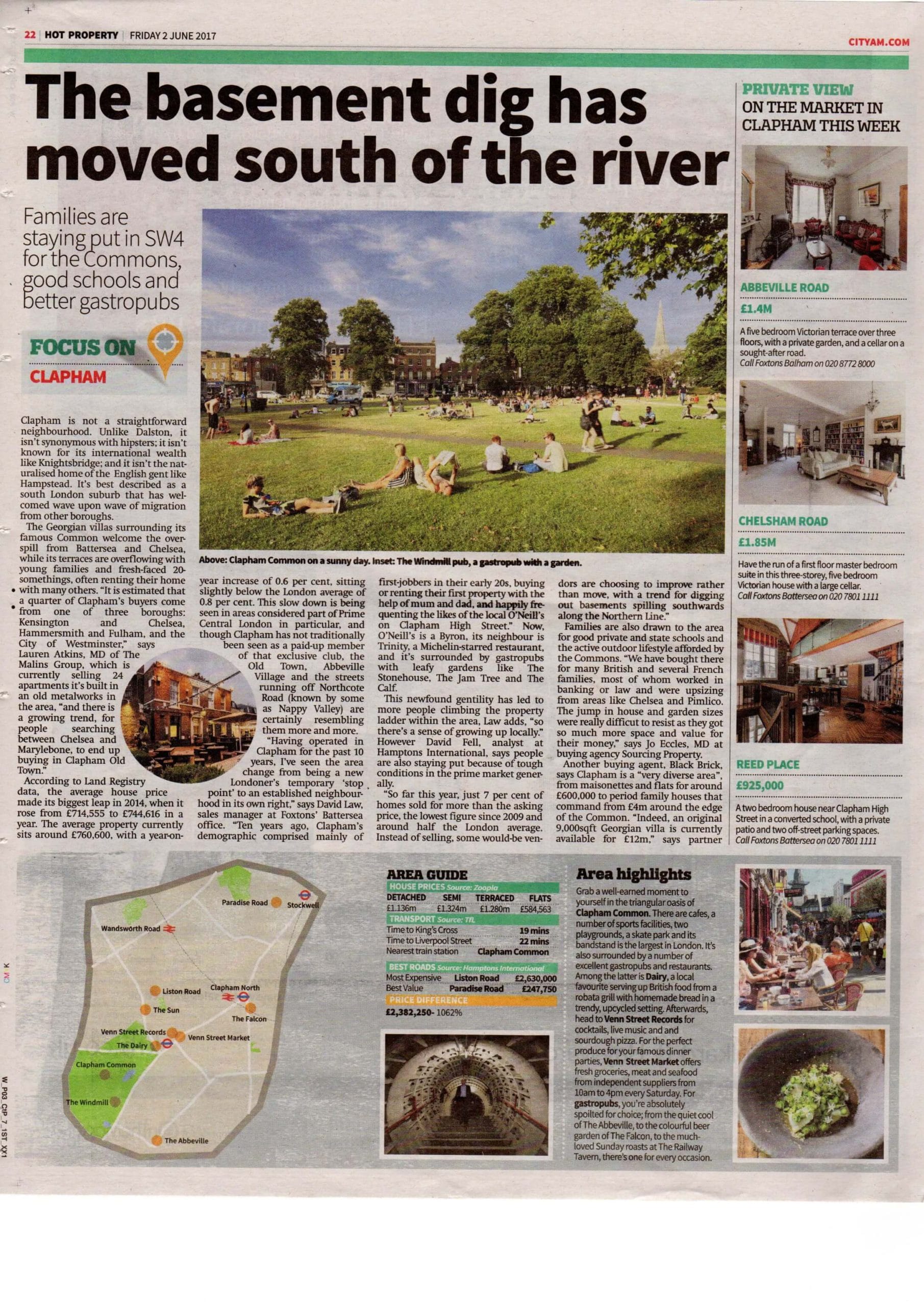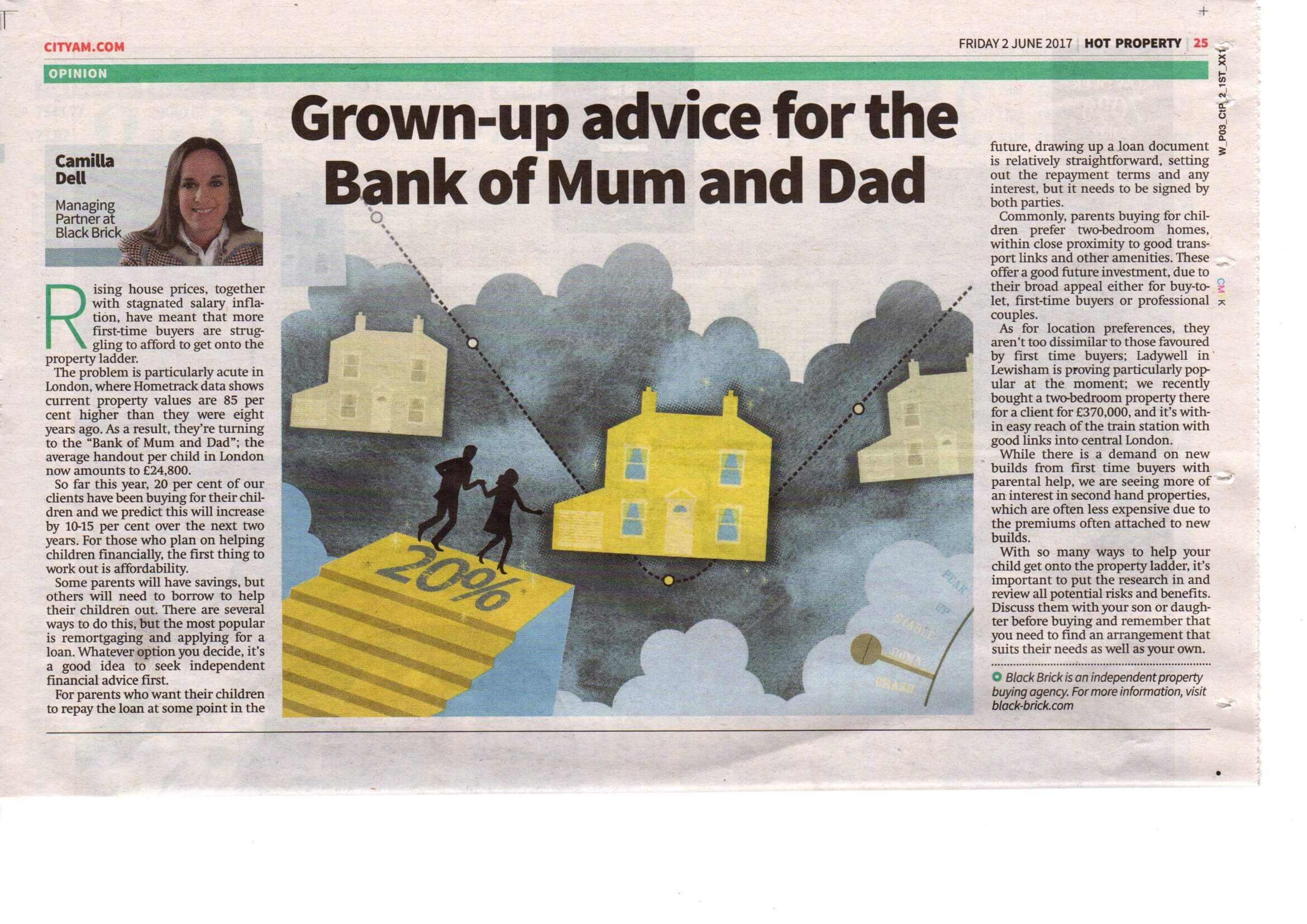Mum and Dad rent a different class of digs
By Carol Lewis
This three-bedroom apartment at Centre Point Residences in New Oxford Street, London, is £1,700 a week with CBRE.
The average cost of student digs across the country is about £88 a week, although in some areas of London parents are paying almost 100 times that to secure the best luxury accommodation for their offspring.
James Thornett, the head of lettings at CBRE Residential, says that parents are paying up to £7,000 a week for “super-top end” three to five-bedroom apartments with a concierge, gym, spa and games room. This year 42 per cent of the estate agency’s lettings in Covent Garden have been to students — compared with 21 per cent last year.
“Many are postgraduate students studying business or management at the London School of Economics or University College London. Two thirds of them are from overseas and will have funds from mum and dad. They are security conscious and tend to want to live in a secure part of town with a 24-hour concierge. They are looking at super-prime properties — a far cry from the stereotypical student digs,” he says.
Thornett says that 10 to 15 per cent of the wealthy students he rents to will not have visited the property before they arrive for university, either trusting in virtual reality or video tours. “Often they will pay the whole year’s rent in advance to secure the tenancy and it is usual to start paying rent in June even though they won’t arrive until September for the new term — such is the competition for the best places,” he says.
Often students will want new-build properties or newly renovated places and some will request a “nanny annexe” in which a bodyguard can live. This is despite the increase in private student halls, many of which offer students a higher quality of digs than seen before. According to the website Accommodation for Students, 287 private halls opened in Britain this year, with students in London paying £264 a week on average, or £129 a week for private rental accommodation. Zone 1 is the most expensive area with an average cost of a studio in private halls of £429 a week. The average weekly rent for all properties within Greater London was £395 in September according to Countrywide, the estate agency.
Last month one student accommodation provider, Hello Student, announced that it was teaming up with the Conran Shop to offer luxury furnished “executive studios” to students in Cardiff costing from £233 a week.
Yet despite the high rents some parents are paying there is a lack of property available to students. “Some landlords are cautious about renting to students but we have to think beyond [the 1980s sitcom] The Young Ones image of students partying every night and ruining the place. They tend to leave the place immaculate and rarely, if ever, do we have to deduct anything from the deposit,” Thornett says.
A two-bedroom flat at Merano Residences, on Albert Embankment in London, is to let for £1,125 a week with CBREA two-bedroom flat at Merano Residences, on Albert Embankment in London, is to let for £1,125 a week with CBRE.
Other areas of London popular with wealthy students include South Kensington, near Imperial College London and the Royal College of Music, and St John’s Wood and close to Regent’s Park for the London Business School.
Camilla Dell, a managing partner of Black Brick, a buying agency, says that she has seen an increase in international rental tenants including students. Many have decided against buying because of the increase in stamp duty, the abolition of capital gains tax and inheritance tax breaks for foreign buyers, and the uncertainty caused by Brexit, which means families are less sure that their children will live and work in London after graduating than they were before the referendum.
She says that most of her clients are looking to spend between £700 and £1,000 a week, with safety the key concern — so a 24-hour concierge or porter is a must-have. They also tend to want a one-year tenancy with the option of renewing for the final two years of their course.
Martin Bikhit, the managing director of Kay & Co estate agency, says: “We have seen a spike this year in wealthy students renting, but also in parents buying for their children. Often they are planning years in advance, buying property three to four years before the children need it and renting it out in the meantime. They will buy two to three-bedroom apartments so that siblings can share. Marylebone is particularly popular for its proximity to the London Business School and London College of Fashion. They tend to spend from £800 a week upwards on rent.”
Thornett says that, of his clients, 80 per cent of parents will pay for children to rent while the rest will buy for them. “More than a couple of times we have had parents plan for children who are eight or ten years old. They are buying property for the child to live in in ten years’ time. They treat it as an investment. There is also a small percentage who will start out renting and will then buy.”
